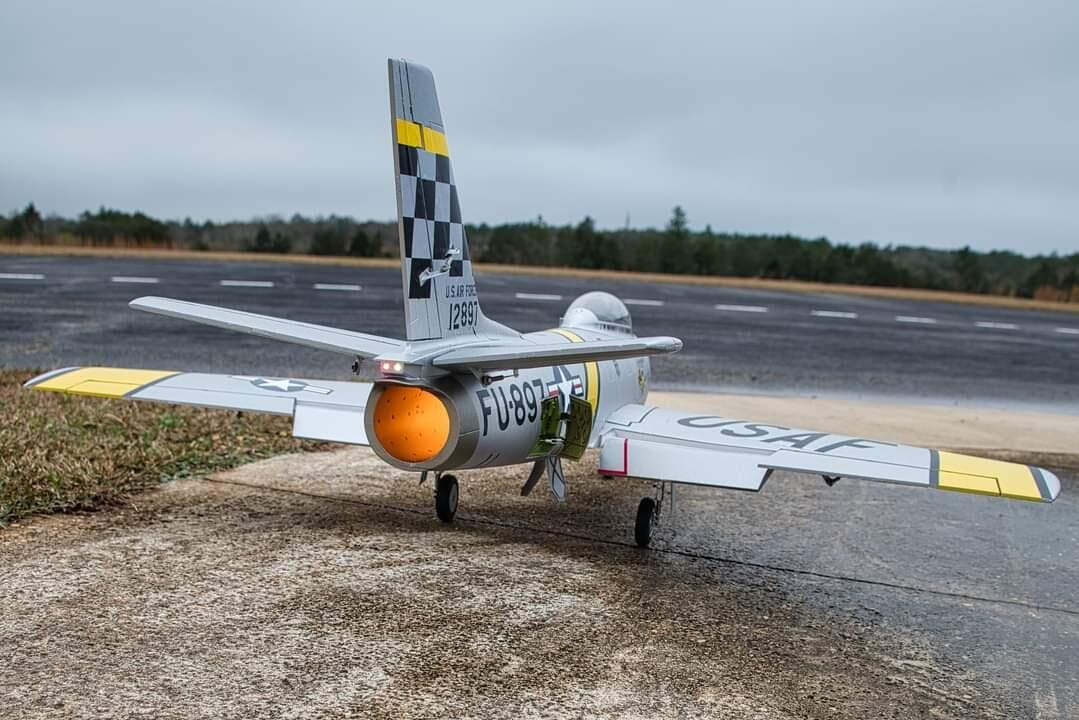Unlock the Sky: Discover the Thrilling World of RC Airplanes!
In recent years, the world of remote control (RC) airplanes has soared in popularity, captivating hobbyists of all ages. The thrill of watching a miniature aircraft dance through the sky, powered by your own hands, is an exhilarating experience that few can resist. Whether you’re a child fascinated by flight, an adult seeking a new hobby, or a seasoned enthusiast looking to expand your skills, RC airplanes offer a unique blend of excitement and challenge. This article aims to guide you through the fascinating universe of RC airplanes, covering various types, essential features, and practical tips for getting started.

Understanding RC Airplanes
RC airplanes, or remote-controlled airplanes, are model aircraft that can be flown from a distance using a handheld transmitter. The technology behind these flying wonders has advanced significantly, making them more accessible and enjoyable for everyone. At their core, RC airplanes operate on a simple principle: the remote control sends signals to the airplane, instructing it to move in specific directions. The basic components of an RC airplane include the airframe (the main body), the motor (which powers the propeller), the electronic speed control (ESC), servos (which control the movement of the control surfaces), and the battery. Understanding these components is crucial for anyone interested in the mechanics of flight. During a recent outing with a friend who is passionate about RC flying, I was amazed to see how effortlessly he handled his plane, demonstrating just how intuitive the controls can be once you grasp the basics.
Types of RC Airplanes
RC airplanes come in a variety of types, each designed for specific flying styles and skill levels. Trainers are perfect for beginners, as they are typically designed for stability and ease of control. Sport planes, on the other hand, cater to more experienced pilots looking for speed and agility. Scale models replicate real-life aircraft, offering enthusiasts the chance to fly beloved planes in miniature form. Gliders, which rely on thermals and wind currents, provide a unique flying experience that emphasizes skillful piloting over raw power. Each type has its unique characteristics; for instance, my friend started with a trainer and eventually transitioned to a glider, finding joy in the challenge of soaring silently through the air. Understanding these distinctions can help you find the right fit for your flying aspirations.
Key Features to Consider
When selecting an RC airplane, several key features should be considered to optimize your flying experience. Size and weight are crucial; larger planes may be more stable but can be challenging to transport, while smaller models are easier to handle but may require more skill. Battery life is another vital aspect; the longer the battery lasts, the more time you can spend in the air. Flight stability is essential, especially for beginners, as it allows for smoother control and reduces the likelihood of crashes. Other features like the type of materials used in construction and the design of the wings can also impact performance. I remember when a friend invested in a lightweight foam model; he was surprised by how much easier it was to maneuver, allowing him to perform tricks that he had always dreamed of executing. Evaluating these features will help you choose an RC airplane that suits your needs and enhances your flying experience.
Getting Started with RC Airplanes
For those new to the world of RC airplanes, starting can be both exciting and daunting. To begin, you'll need some essential gear such as a transmitter, a charged battery, and, of course, the airplane itself. Safety should always be a priority; clear flying areas, proper use of equipment, and awareness of your surroundings are critical for a successful flight. Additionally, mastering basic flying techniques such as takeoff, landing, and turns is essential for all beginners. Joining a local RC club can provide invaluable support, offering opportunities to learn from experienced pilots and engage with a community that shares your interests. A friend of mine found his local club to be a wonderful resource; not only did he receive guidance, but he also made lifelong friends who share his passion for flying. Embrace the journey and enjoy the process of learning and growing in this thrilling hobby.
Embracing the Joy of RC Flying
In summary, the world of RC airplanes is an exciting realm filled with opportunities for adventure and skill development. From understanding the mechanics of flight to exploring various types and essential features, this hobby offers something for everyone. The joy of flying, whether it's a trainer or a glider, brings a sense of freedom and accomplishment that is hard to replicate. I encourage you to explore this thrilling hobby, engage with local communities, and take to the skies. Whether you’re flying solo or with friends, the experience of piloting an RC airplane is sure to provide you with countless moments of joy and discovery.






تعليقات